Ever wonder what sweet treats people enjoy across the world? From creamy Italian classics to Middle Eastern pastries dripping with honey, global desserts offer a window into different cultures through our taste buds.
Prepare your sweet tooth for a worldwide adventure that might wreck your diet plans—but will fill your heart with joy and your stomach with deliciousness.
1. Baked Alaska
Imagine ice cream that survives an oven! Baked Alaska plays with temperature contrasts in the most delicious way possible. Vanilla ice cream sits on a sponge cake base, completely covered in fluffy meringue that’s torched until golden brown.
The magic happens when the meringue insulates the ice cream, keeping it frozen while the outside gets toasty. Created in 1867 to celebrate America’s purchase of Alaska, this showstopper dessert continues to amaze dinner guests today.
The hot-cold sensation in each bite feels like culinary wizardry—creamy, sweet, and slightly toasted all at once.
2. Qatayef
During Ramadan, Middle Eastern kitchens fill with the aroma of these special stuffed pancakes. Qatayef are small, yeasted pancakes cooked on one side only, then folded into half-moons and filled with cream, nuts, or sweet cheese.
The pancake batter creates tiny bubbles on the surface as it cooks, signaling when it’s ready to flip. After filling, they’re either served soft or deep-fried until crispy, then soaked in fragrant sugar syrup infused with rose or orange blossom water.
Families gather to enjoy these treats after sunset, making them taste even sweeter through shared tradition.
3. Rigó Jancsi
Named after a famous Hungarian violinist who seduced a Belgian princess, this chocolate cube has a story as rich as its flavor. The dessert consists of two layers of chocolate sponge cake sandwiching a thick chocolate cream filling, all topped with a glossy chocolate ganache.
Each perfect cube is typically adorned with a tiny piece of gold leaf. The contrast between the light, airy sponge and the dense, silky cream creates a textural masterpiece.
Hungarian pastry chefs take immense pride in achieving the perfect right angles and smooth surfaces that make this dessert instantly recognizable.
4. Pavlova
Australia and New Zealand still argue over who invented this ethereal dessert named after Russian ballerina Anna Pavlova. The crisp meringue shell cracks under your fork to reveal a marshmallow-soft center, creating a beautiful contrast with the fresh fruit and whipped cream piled on top.
Made from egg whites and sugar beaten until stiff, then baked slowly at a low temperature. The secret to its unique texture? A touch of vinegar or lemon juice that creates that signature chewy interior.
Summer berries traditionally crown this dessert, though tropical fruits like kiwi and passionfruit add bright, tangy notes to balance the sweetness.
5. Sorbet
Originally served between courses at fancy dinners to refresh the taste buds, sorbet has evolved into a dessert star in its own right. This frozen treat contains no dairy—just fruit, sugar, and water—making it incredibly refreshing and naturally vegan.
Romans were early sorbet fans, mixing snow from mountains with honey and fruit juices. Today’s versions get their smooth texture from constant churning during freezing, preventing large ice crystals from forming.
Bright flavors like lemon, raspberry, and mango shine without the richness of cream, making sorbet perfect for hot summer days when you want something cool but light.
6. Kulfi
Long before refrigeration existed, clever Indian cooks created this dense, creamy frozen dessert. Traditional kulfi is made by slowly reducing milk until it’s thick and caramelized, then flavoring it with cardamom, saffron, pistachios or rose water before freezing.
Unlike ice cream, kulfi isn’t churned, giving it a solid, dense texture that melts more slowly—perfect for hot Indian summers. Often molded into conical shapes or served on sticks like popsicles, it’s a common sight from street vendors throughout South Asia.
The slow cooking process creates natural caramel notes that complement the aromatic spices, making each bite a complex flavor experience.
7. Tiramisù
The name literally means “pick me up” in Italian, referring to the energizing effects of its coffee and cocoa. Layers of coffee-soaked ladyfinger biscuits alternate with mascarpone cheese whipped with eggs and sugar, then dusted generously with cocoa powder.
Despite its worldwide fame, tiramisù is relatively modern, appearing in Italian restaurants only in the 1960s. Some origin stories link it to Treviso’s brothels, where it was served to customers for an energy boost!
Modern variations might include liqueurs like Marsala or Amaretto, but purists insist the classic recipe needs no improvements—just quality ingredients and a gentle hand when layering.
8. Black Forest Gâteau
From Germany’s Black Forest region comes this dramatic cake that’s all about contrasts. Layers of rich chocolate sponge sandwich tart cherries and clouds of whipped cream, while chocolate shavings and more cherries create an impressive finish.
The cake gets a kick from kirschwasser, a clear cherry brandy that’s mandatory in authentic versions. In fact, German law states it can’t be called Schwarzwälder Kirschtorte without this spirit!
The combination works magic: dark chocolate’s bitterness, cream’s sweetness, and cherries’ tartness create perfect balance. Traditional bakers still decorate with chocolate curls meant to resemble the Black Forest’s wood shavings.
9. Thapthim Krop
These glistening “crispy rubies” showcase Thai cuisine’s playful approach to dessert. Water chestnuts are diced, soaked in red food coloring, then coated in tapioca flour and boiled until translucent, creating jewel-like morsels that are simultaneously crunchy and chewy.
Served in coconut milk sweetened with palm sugar and often topped with crushed ice, this dessert is particularly refreshing in Thailand’s tropical heat. The coconut milk might be infused with pandan leaves for a subtle, grassy vanilla flavor.
Street vendors throughout Bangkok serve this colorful treat in clear cups, letting the vibrant red “rubies” shine against the pure white coconut milk.
10. Ma’amoul
These ancient Middle Eastern cookies mark happy occasions with their decorative appearance and fragrant fillings. Made from semolina or flour dough scented with orange blossom or rose water, they’re filled with dates, pistachios, or walnuts before being pressed into wooden molds with intricate designs.
Egyptian families traditionally gather before Eid or Easter to make ma’amoul together, with each person taking a specific job in the assembly line. The cookies’ patterns often indicate what’s inside—circles for dates, ovals for nuts—so guests can choose their favorite.
A dusting of powdered sugar makes these buttery treats look like little snowballs despite their desert origins.
11. Baklava
Countless paper-thin sheets of phyllo dough create the foundation for this ancient dessert claimed by many Middle Eastern and Mediterranean cultures. Between the delicate layers, a mixture of chopped nuts—typically walnuts, pistachios, or almonds—is scattered before baking until golden.
While still hot from the oven, cold honey syrup infused with rose water or orange blossom is poured over the pastry. The temperature difference causes the syrup to be absorbed while maintaining the pastry’s crispness.
Turkish baklava artisans train for years to master the technique of rolling dough so thin you can read a newspaper through it!
12. Mochi
These chewy rice cakes have been part of Japanese culture for centuries, traditionally made by pounding glutinous rice into a sticky paste. The rhythmic pounding process, called mochitsuki, often becomes a community event during New Year celebrations.
Modern mochi ice cream wraps this stretchy rice dough around ice cream for a textural surprise. The rice’s elasticity creates a fun eating experience as you bite through the soft exterior to reach the filling.
Colors often have meaning—pink for spring cherry blossoms, green for health, white for purity. Despite their small size, mochi packs significant cultural importance as offerings at temples and symbols of good fortune.
13. S’mores
American summer camp traditions wouldn’t be complete without this messy, delicious treat. Graham crackers sandwich a fire-roasted marshmallow and piece of chocolate, creating a gooey, melty concoction that’s impossible to eat neatly.
The name comes from kids asking for “some more” after tasting these sweet sandwiches. Girl Scout handbooks first published the recipe in the 1920s, though similar treats likely existed earlier around campfires.
The perfect s’more requires patience—roasting the marshmallow until golden brown (not burnt!) and assembling quickly so the hot marshmallow melts the chocolate. The resulting sticky fingers are considered part of the authentic experience.
14. Vermicelles
Looking exactly like a plate of spaghetti but tasting sweet and nutty, this Alpine dessert playfully tricks the eye. Sweetened chestnut purée is pressed through a special perforated tool to create thin strands that resemble pasta.
Popular in Switzerland, France, and northern Italy, vermicelles typically comes topped with whipped cream and sometimes meringue pieces or candied cherries. Fall chestnut harvests make this a seasonal treat that signals cooler weather.
The dessert captures chestnuts’ earthy sweetness without needing much added sugar. Preparation requires strength—pressing the dense purée through tiny holes demands serious arm power, making store-bought versions a welcome modern convenience!
15. M’hanncha
Resembling a coiled serpent, this showstopping Moroccan pastry brings drama to any table. Thin sheets of phyllo dough wrap around a filling of ground almonds, sugar, cinnamon, and orange flower water before being shaped into a spiral.
After baking to golden perfection, the entire “snake” gets drenched in honey syrup and sprinkled with toasted almonds or pistachios. Traditionally served during celebrations and weddings, m’hanncha represents community and continuity with its never-ending spiral form.
Moroccan grandmothers judge a good m’hanncha by its layers—too dry means not enough butter between phyllo sheets, too soggy means improper baking. Perfect balance creates flaky, crisp layers.

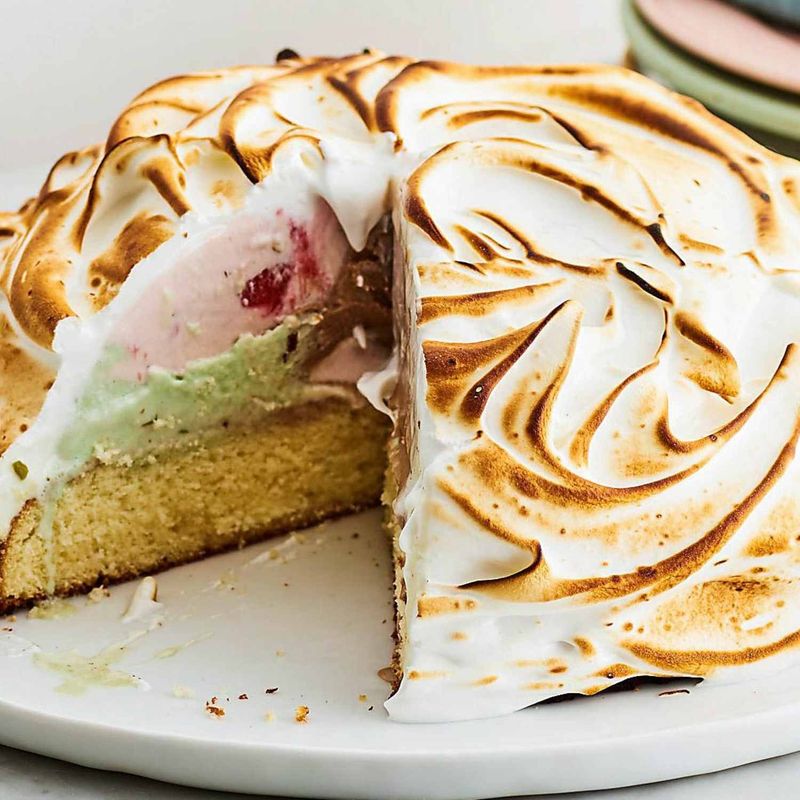
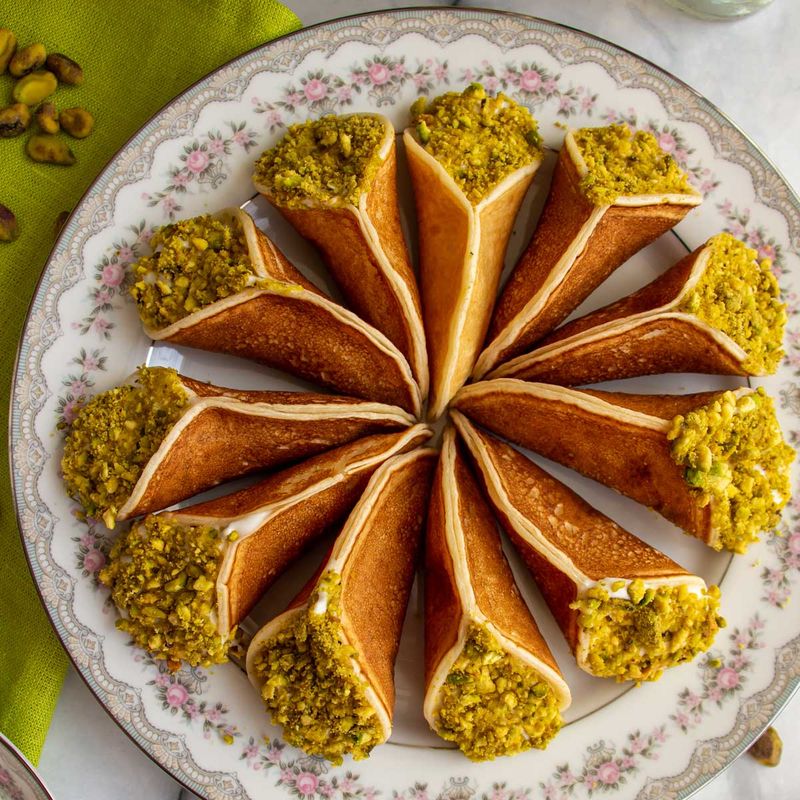
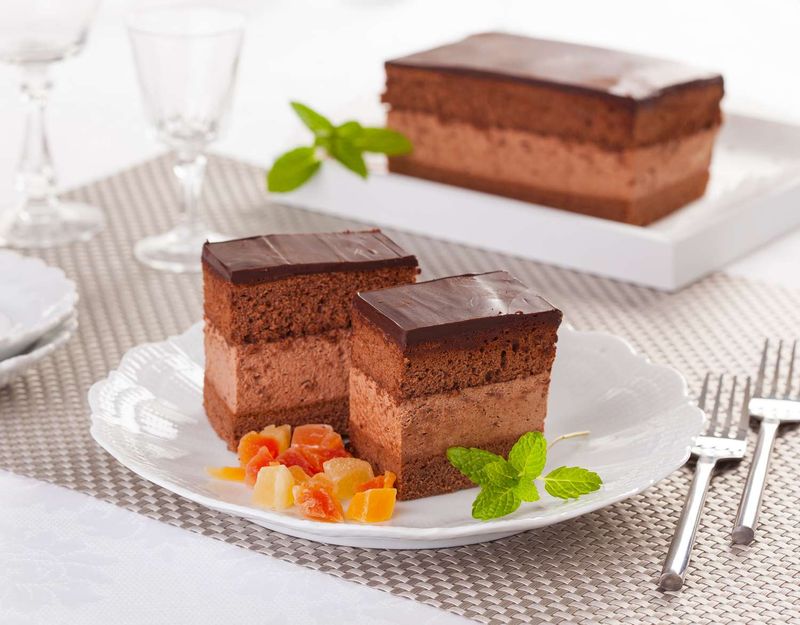
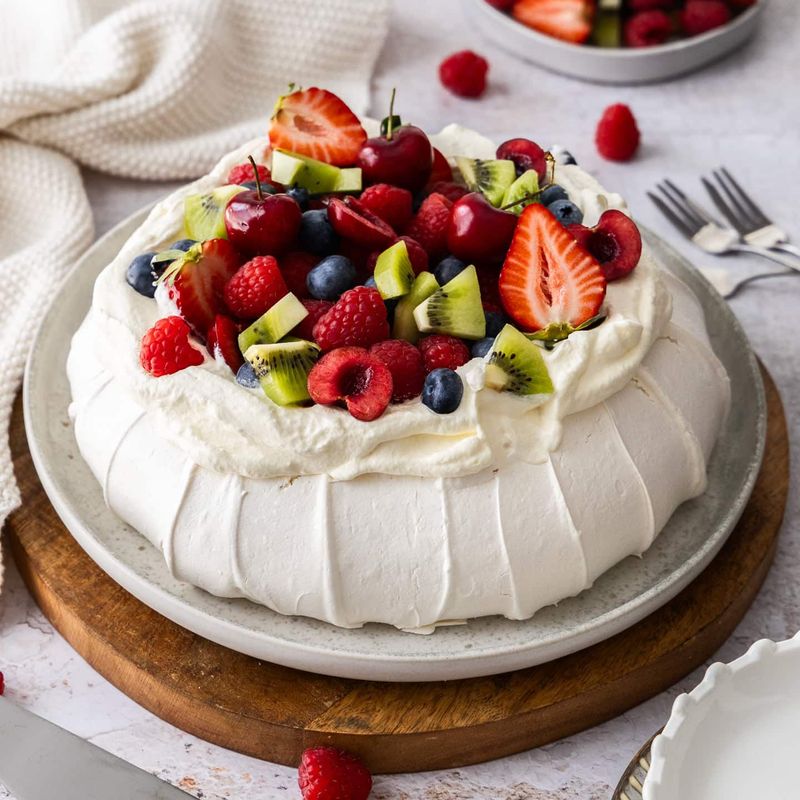
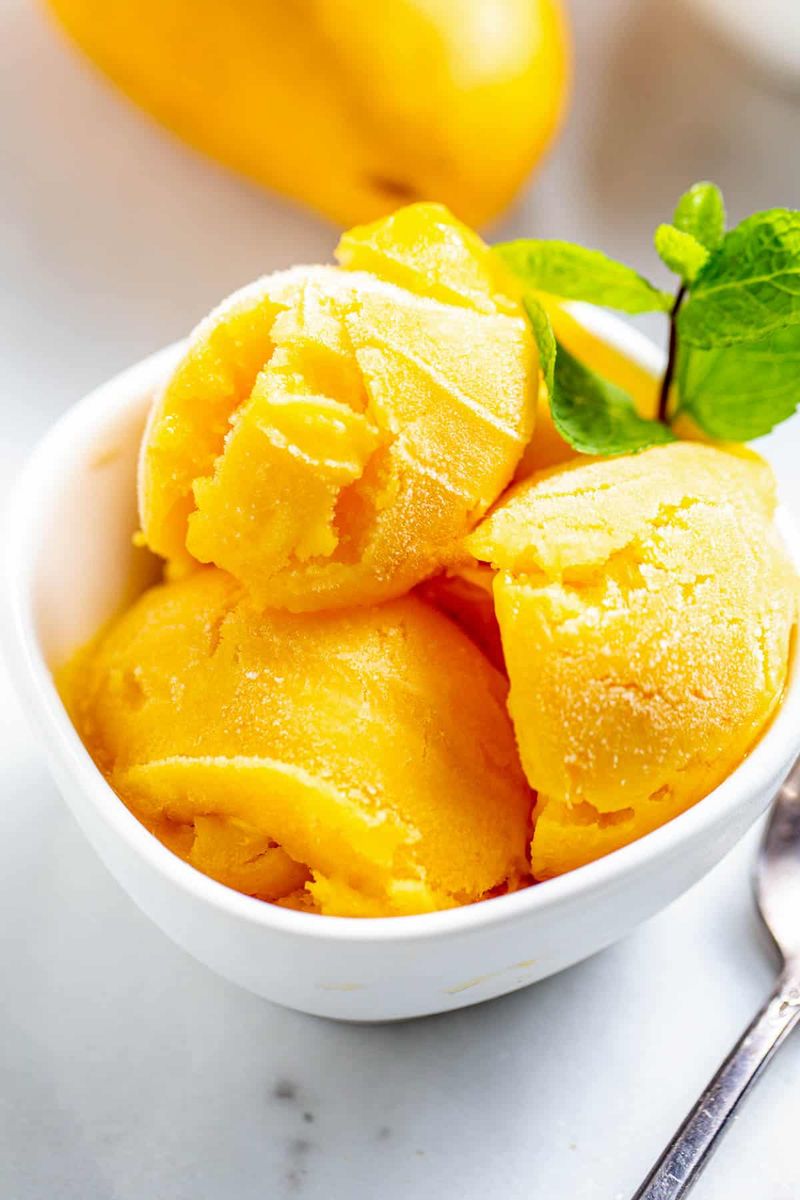
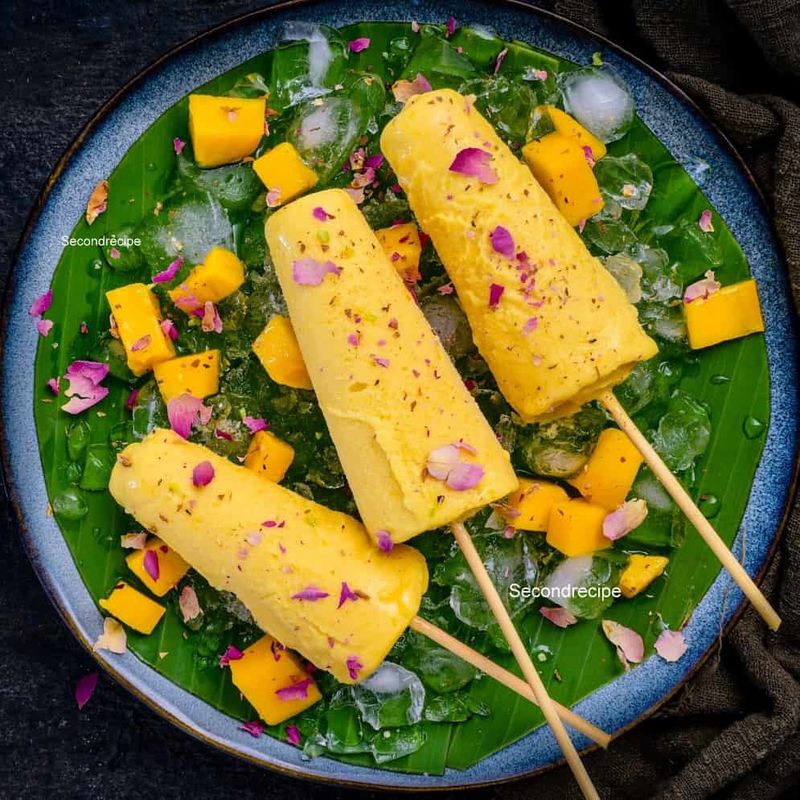
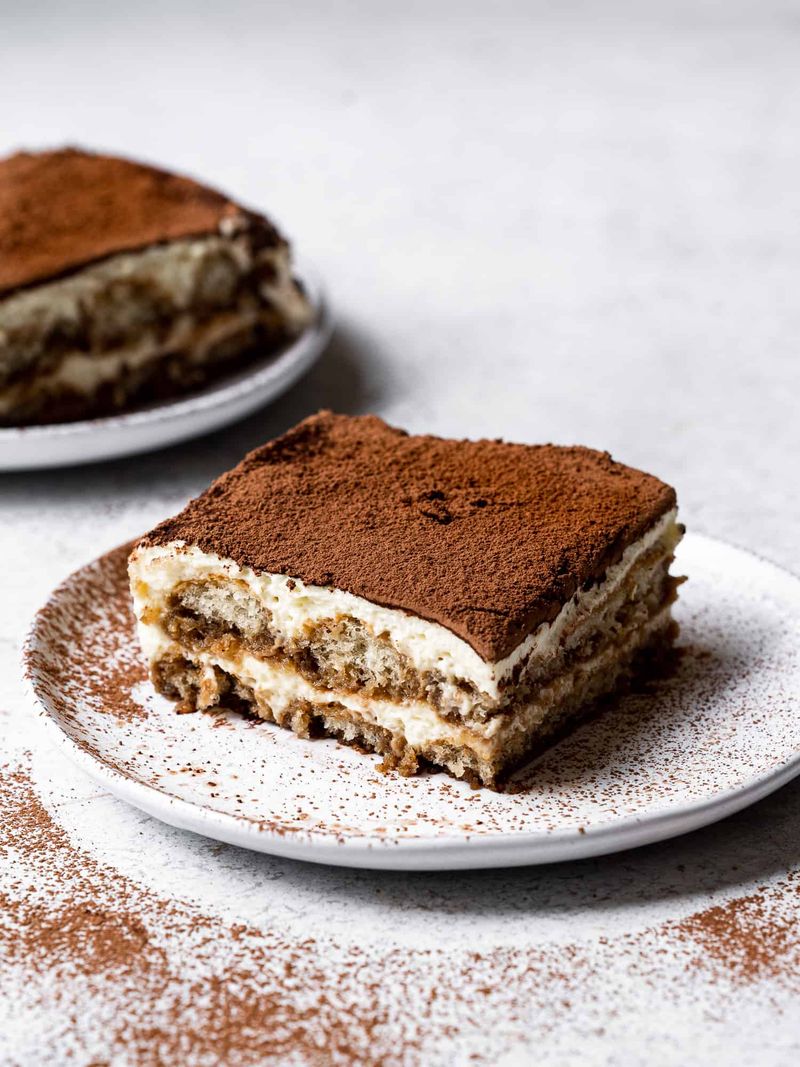
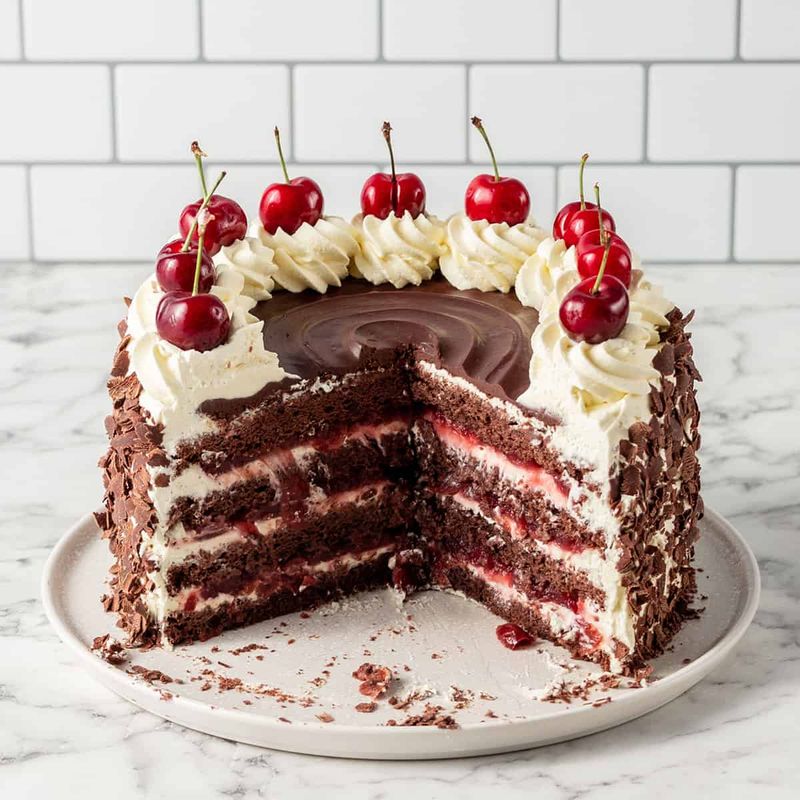
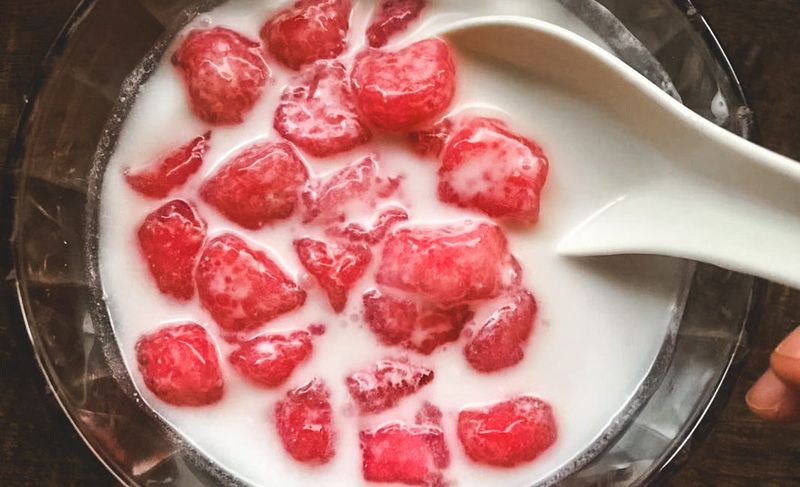
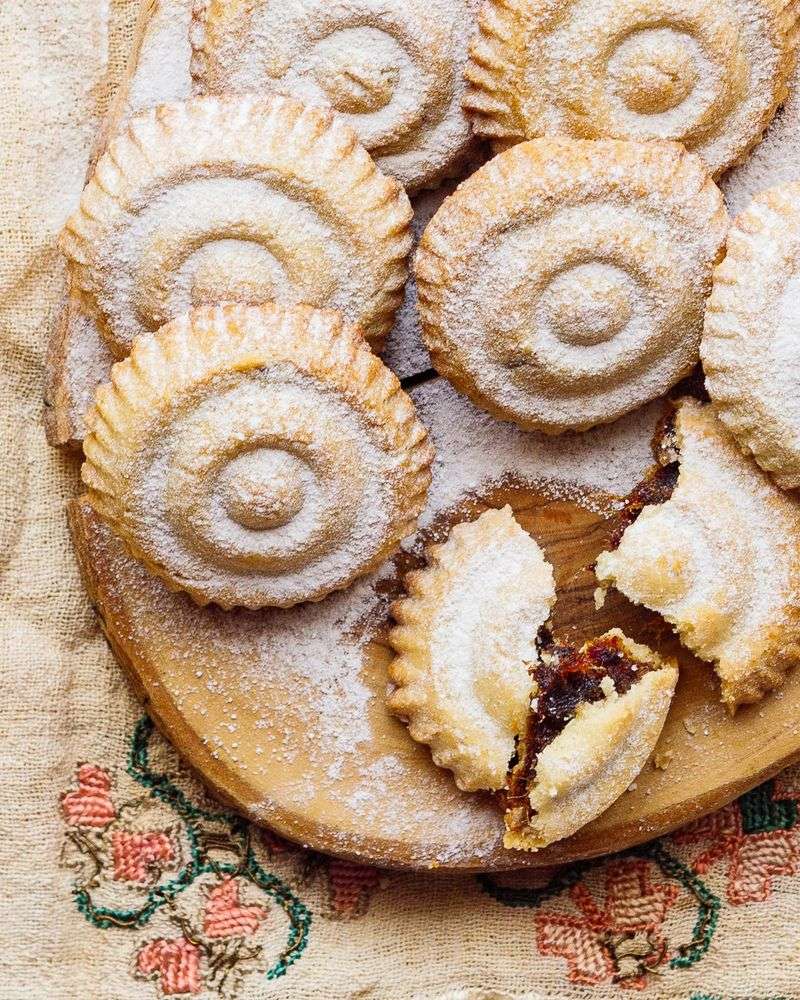
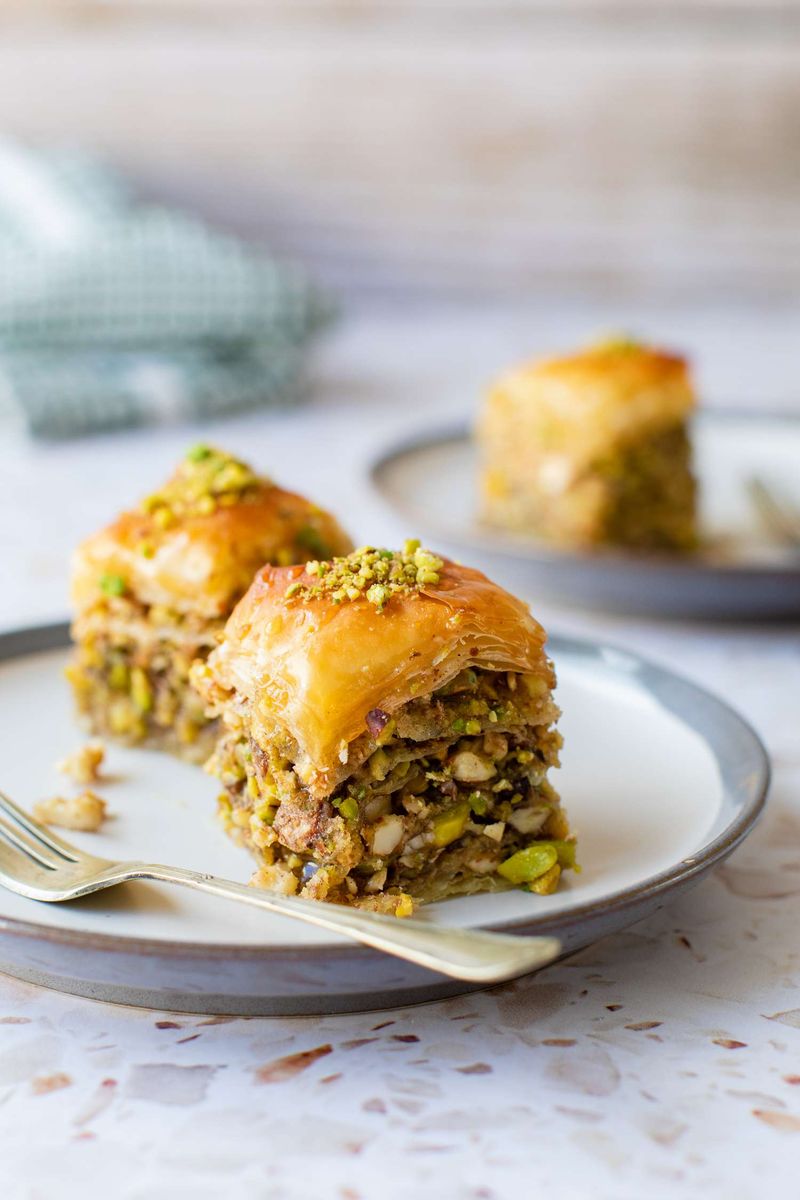
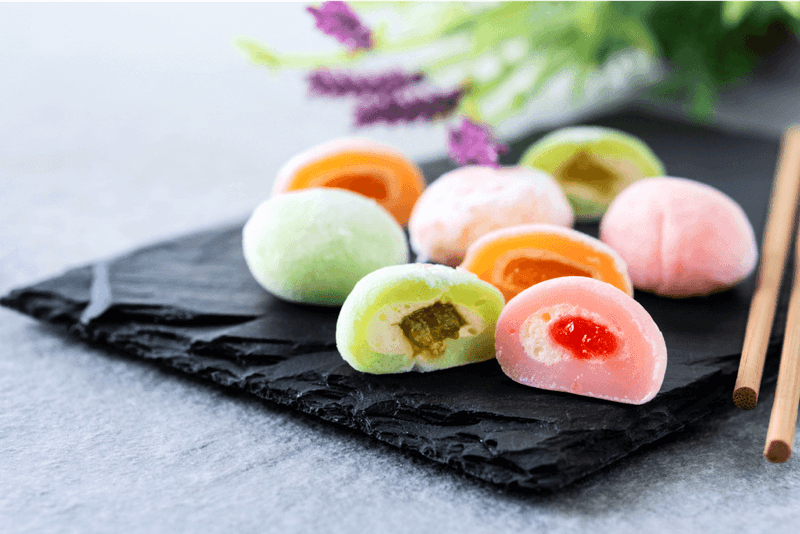
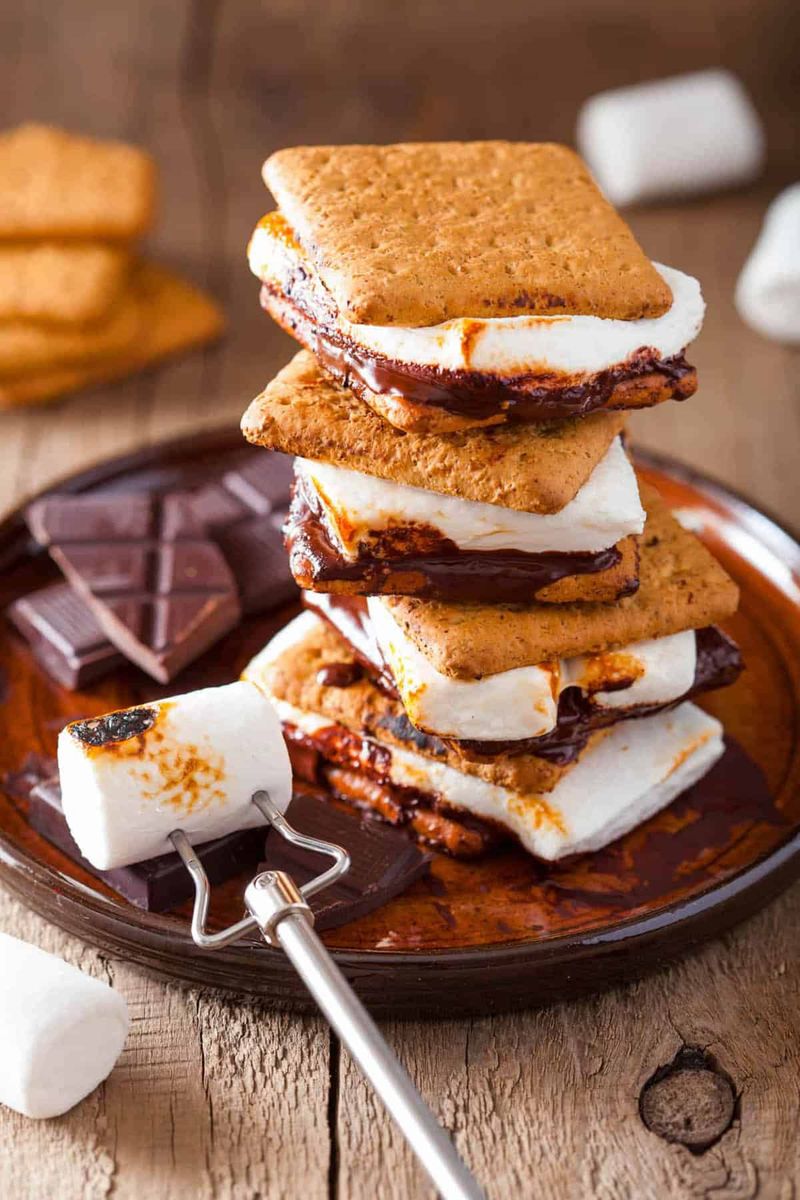
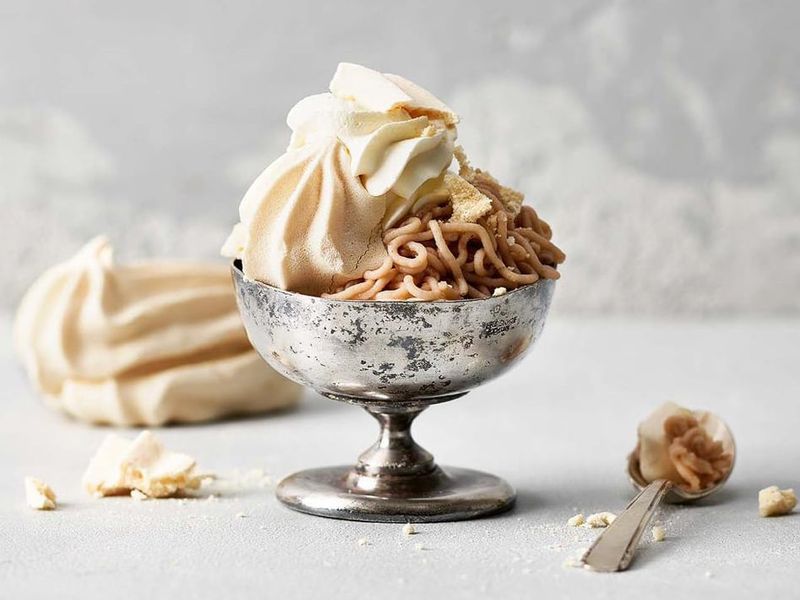
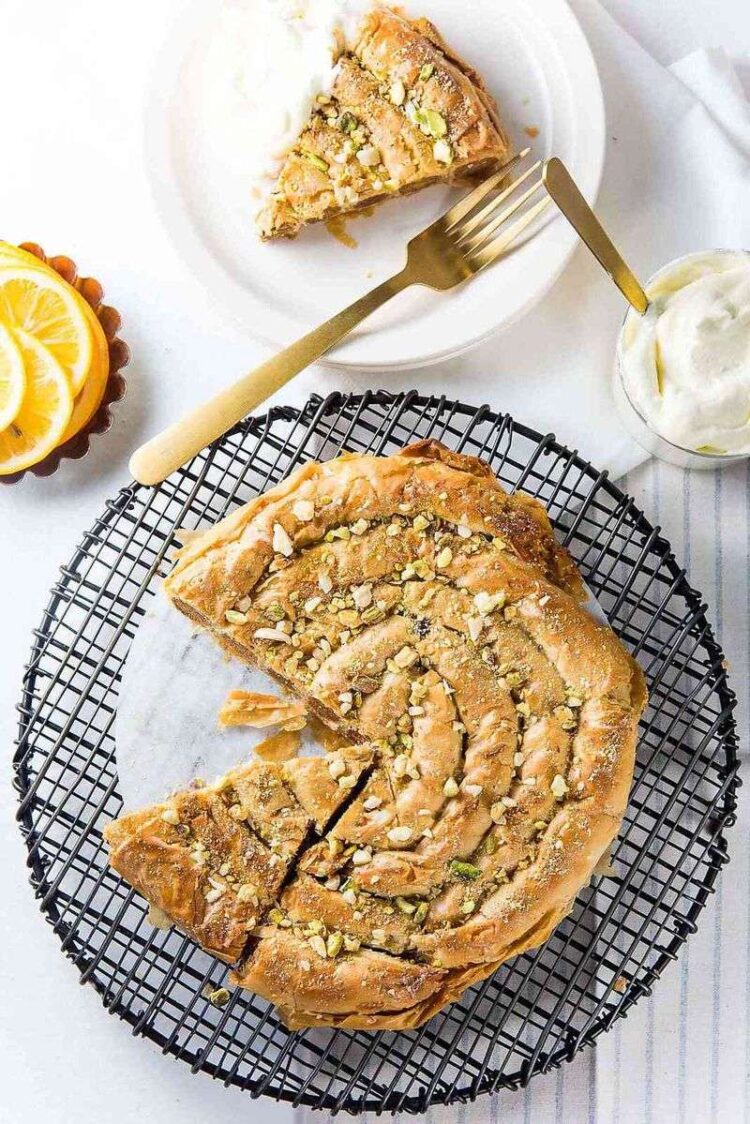
Comments
Loading…